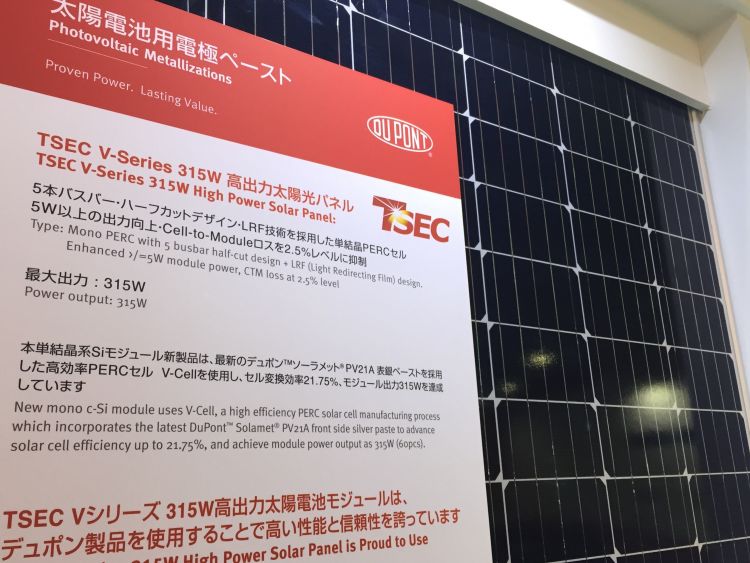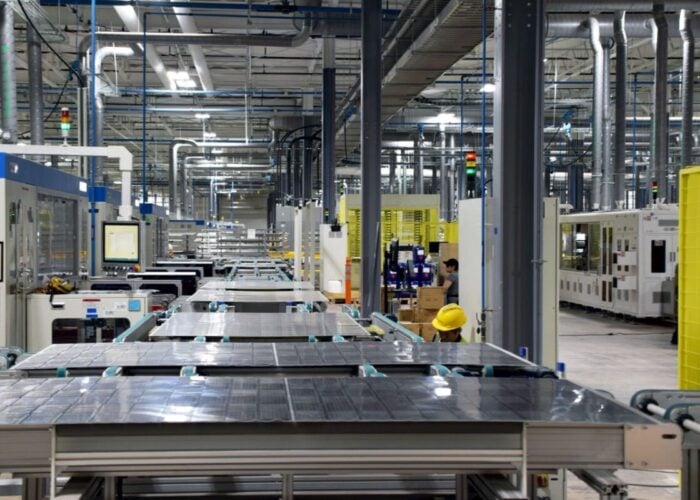
DuPont Photovoltaic Solutions has developed a proprietary metallization paste design that is said to deliver better contact performance and high aspect ratios.
Problem
Try Premium for just $1
- Full premium access for the first month at only $1
- Converts to an annual rate after 30 days unless cancelled
- Cancel anytime during the trial period
Premium Benefits
- Expert industry analysis and interviews
- Digital access to PV Tech Power journal
- Exclusive event discounts
Or get the full Premium subscription right away
Or continue reading this article for free
The continued drive by solar cell producers to screen push screen printing technology towards finer lines leads to the need to overcome various challenges, such as further improving the contact resistivity as well as the grid line resistance. Nowadays, when more advanced solar cell structures like PERC/ N-PERT enter large-scale production, there is a need to further minimize the contact recombination at the metal and silicon contact interface as it starts to hinder further efficiency improvements for cell structures with higher open circuit voltage.
Solution
The Solamet PV21A product family is designed to fulfill all mainstream cell technology, it also includes product series for advanced printing such as double printing, dual print and mesh cross free screen printing. Industry-leading performance is proven on a variety of substrates such as DWS (Dimond Wire Saw) wafer and black silicon. TSEC, which specializes in manufacturing high performance, top quality mono- and multi-crystal solar cells and modules, has observed 21.75 percent and 20.3 percent cell efficiency and module power output as high as 315 watts and 300 watts (60 pcs) in its 5 busbar half-cut design mono PERC and multi-PERC black cell modules respectively.
Applications
P type and N type technologies.
Platform
The Solamet PV21A product family is designed to fulfill all mainstream cell technology, it also includes product series for advanced printing such as double printing, dual print and mesh cross free screen printing.
Availability
Currently available.






